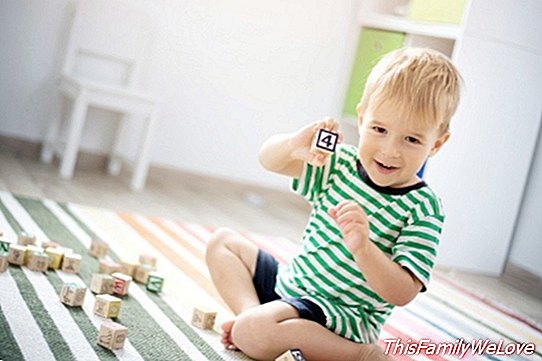Less play time and children to play with

The decrease in playing time, the lack of space to play, and the hustle and bustle of modern life, are causing a significant decrease in experience of being a child. Not only children play little, but they stop playing before and, in addition, there are fewer children at home to share the games.
Claiming the game is fundamental not only as a right of the child, but as a healthy tool for their physical, psychological and emotional development. For the director of the Observatory of Children's Games, Gonzalo Jover, "free play is the essential mechanism of education in childhood, because through it children start in the cultural heritage, the traditions of their community, its values and norms. "
Free play has been reduced in the last 50 years
In the last 50 years, free play with other children has been reduced significantly while cases of anxiety, depression or feelings of helplessness have increased among children, adolescents and young adults. Traditionally, the game has been the essence of childhood. "Subtracting children's space and time to play," added Jover, "means preventing them, not only one of their fundamental rights, but in the end, the ability to live their childhood to the full."
However, at present, children spend a lot less time in the game (about an hour and a half per day according to a study conducted by Psyma for AEFJ) that, to the screens, that the latest surveys establish in 30 weekly hours or other regulated activities.
And the physical game involves the exercise of all the senses, enabling reality to be experienced to apprehend it, because it involves feeling, feeling, smelling, listening or liking things, without intermediaries that copy or reproduce reality, being they the creators and decision makers of their own gaming experiences.
Childhood time is reduced
According to the study carried out for the Spanish Association of Toy Manufacturers (AEFJ), children have precocious adult interests, due in part, to the step to the institute with 11 years and not with 14, since the jump to the secondary implies, almost always , a rejection of the referents of the children's world, and play and toys are the main references.
In addition, parents confirm that from age 7, their children prefer other activities than the game, such as video games or watching TV or the Tablet.
Fewer children to play with
The brothers have traditionally been the best playmates par excellence, but today the birth rate has dropped and there are more cases of families with unique children. Therefore, to the lack of time and space for the game, we have to add the lack of partners for it.
While in the 50s, 60s and 70s it was common to find children playing with other children on the street, today the streets are uninhabited as children, partly because their numbers have been reduced, and especially because the traffic has occupied your space "Much progress has been made, says Jover, in making the cities more accessible, but now it is also necessary to make them more amenable to children's lives."
Recover the game to save childhood
The game helps children to:
- Develop intrinsic competences and interests
- Learn how to make decisions, solve problems, have self-control and follow rules. These rules, in addition, do not have to be written or be explicit, but are understood by the participants in the game.
- Learn how to regulate and control your emotions - Make friends and learn from others as equals
For all this the game provides a whole series of tools that facilitate the development of children and their transition to the adult universe by enabling them to rehearse, through the application of all their senses, their place in the world.
Marisol Nuevo Espín
Advice: Spanish Association of Toy Manufacturers (AEFJ) Collaborating entity since 1989 of the General Secretariat of Commerce




